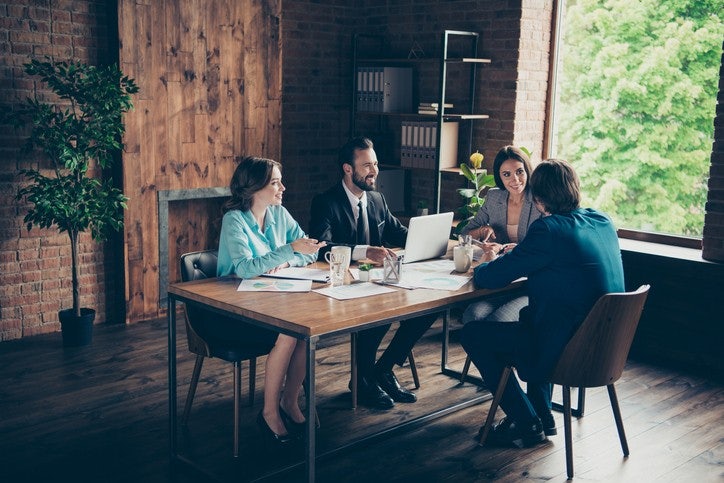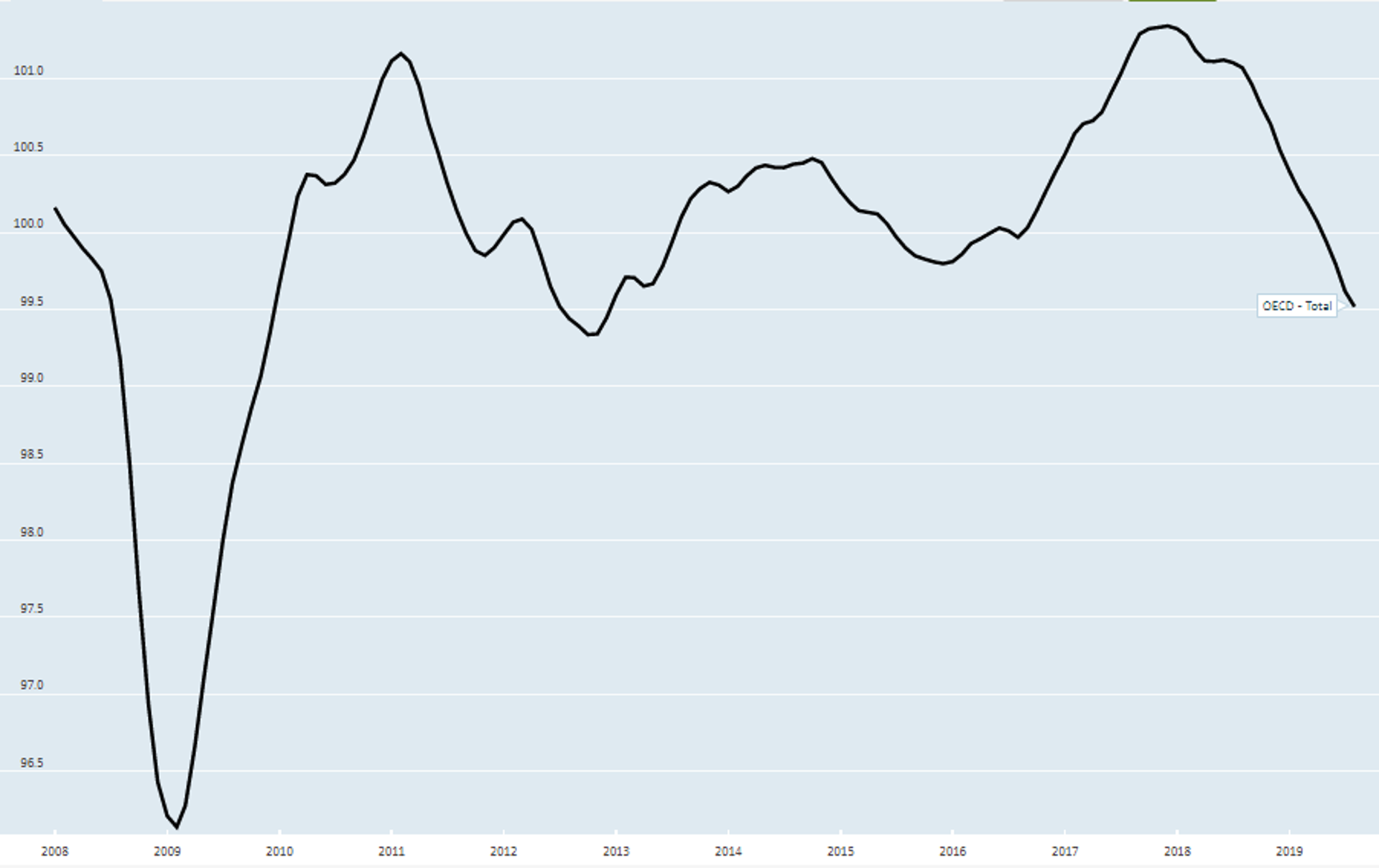How Sales Teams Can Succeed in a Soft Economy
Sales performance improvement

Dimming economic indicators are prompting sales leaders to reconsider their strategies.
Consider data like the Business Confidence Index, which is at its lowest point in more than three years, or the Global Economic Policy Uncertainty Index, which reached its highest-recorded point this year.
Business Confidence Index

Monthly Global Economic Policy Uncertainty Index

Measurements like these, coupled with a volatile geopolitical environment and an inverted yield curve, are prompting concerns that growth might be slowing. Many selling organizations will need to formulate plans that account for softening conditions.
The good news: forward-thinking sales organizations still have an opportunity to get ahead of the next economic cycle. In our work with dozens of Fortune 500 companies over the last 40 years, we have learned that these companies prevail in a changing economy by building a plan that is balanced, wide, and agile.
Balanced
Often, companies respond to economic uncertainty with aggressive cost-cutting. This approach cannot succeed without corresponding efforts to drive top-line growth. Businesses must put equal focus on saving and spending. Research shows that achieving this balance means doing two things well.
- The business must never abandon one solely in favor of the other
- Effective businesses are strategic about where and how they cut costs and make reinvestments
Research published in the Harvard Business Review examined the outcomes across businesses that prioritized reinvestment and those that did not. They reviewed more than 600 companies across the period ranging from 2001 to 2015. They learned that those companies that spent an average of 50% more on R&D “cumulatively grew on average 47% more than that of the other firms, and with less volatility.” Moreover, the earnings of the firms with greater investment “grew 36% more on average.”
The findings are clear: investment drives results. Despite this, cost-cutting remains a common reaction to an economic downturn. While it might be necessary to reduce spending, doing so without long-term investment leaves businesses at a loss when conditions improve.
Wide
A slowing economy encourages businesses to make impulsive moves. These short-sighted reactions address the symptoms, not the illness. Effective leaders avoid short-term thinking. They consider the downstream implications of their reaction to a new economic cycle. They create a plan that will work in the present and in the future. They position themselves so that they are poised to benefit and outperform the competition when the business climate improves. Data shows that leaders with long decision horizons outperform the competition. We review findings that show how to avoid short-term reactions and how developing selling skills enables organizations to thrive over the long term.
Weakening economic indicators are a threat because they distract businesses from long-range goals. In the drive to meet monthly or quarterly goals, businesses often resort to short-term tactics. While helpful in the moment, these moves sometimes push costs and consequences down the road. Instead, leaders should consider the present and future when formulating plans.
With a wide perspective, a business can survive and grow through strong and weak cycles. Making this strategy work means being aware of the short-term trap and developing a long-term focus.

Sales Process Optimization
Optimize your sales process by anchoring to verifiable outcomes and discover a proven path to improved sales team performance.
Learn MoreAgile
Economic cycles are perpetual. Successful businesses meet these ongoing changes with agility. This skill is crucial as the rate of change intensifies. Studies show that the volatility of business operating margins is accelerating. Simultaneously, the link between market share and profitability is weakening. These developments underscore the need for agility. Leaders must be able to adapt at an increasing rate.
Agility is one of the most critical capabilities in selling today for three reasons.
First, the cycle time for innovation is shorter than ever. Therefore, companies are moving faster and need solutions that can match that speed. “About two-thirds of companies have a strategy horizon of four years or less,” according to research from AT Kearney.
Second, product and service differentiators are less durable. Consider research from BCG showing that “since 1980, the volatility of business operating margins, largely static since the 1950s, has more than doubled.” This trend comes largely from the growing effects of commoditization.
Third, barriers to entry are lower. More competitors with similar capabilities are entering the market. Advancements in technology have allowed more low-cost providers to access industries that were previously impenetrable.
Agility in selling means putting the focus on people and interactions rather than processes and tools. Agile sales professionals adopt a fluid approach that can track and adapt to changes in the buying journey. These sales professionals leverage the right skills at the right time while seamlessly shifting between capabilities. What makes this flexible approach so effective is that it resonates with the customer’s cadence. Businesses today strategize at an accelerating pace.
Future economic conditions are in question. Proactive sales leaders have an opportunity to formulate a plan now that is designed to work in any business climate.

White Paper: How Sales Organizations Can Prevail against Economic Headwinds
DownloadGet industry insights and stay up to date, subscribe to our newsletter.
Joining our community gives you access to weekly thought leadership to help guide your planning for a training initiative, inform your sales strategy, and most importantly, improve your team's performance.






